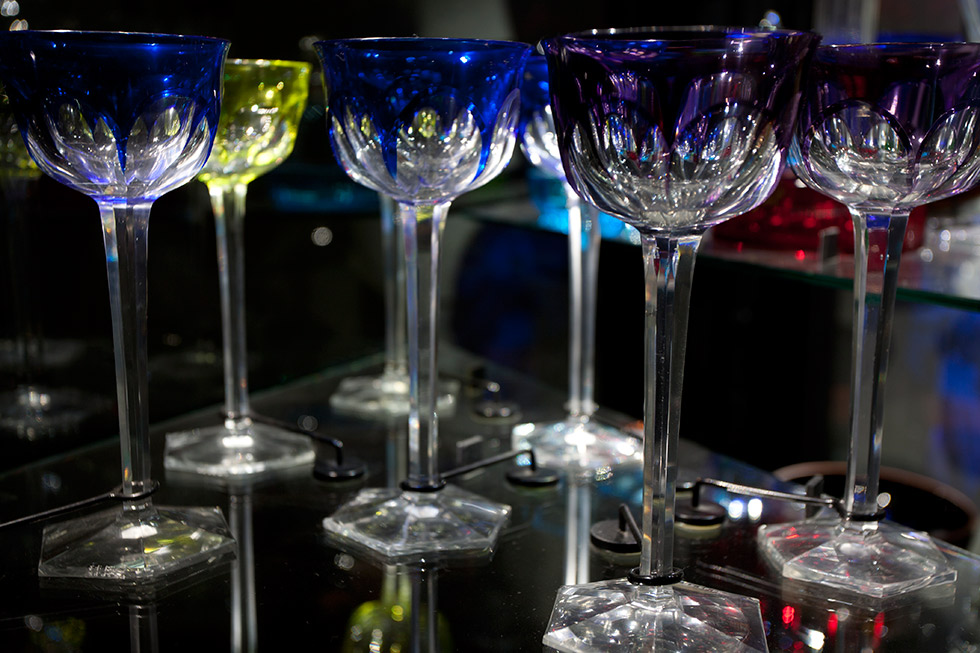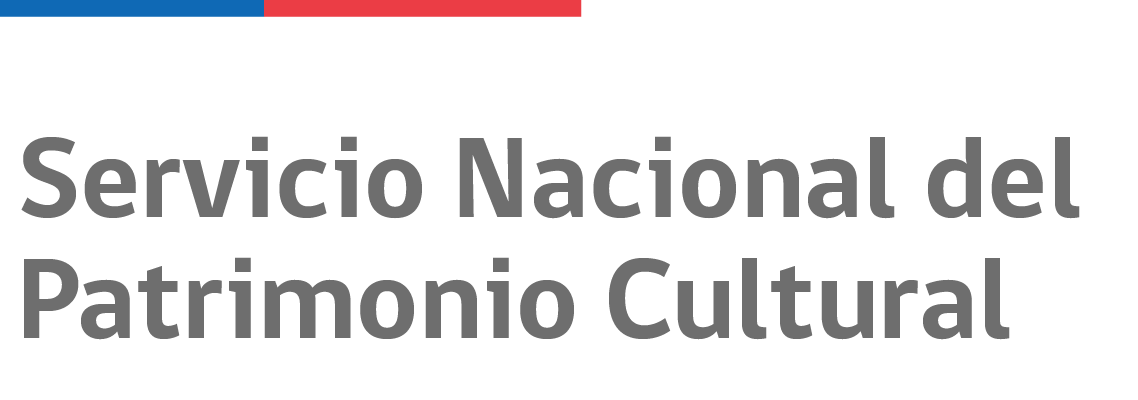
Services:
- Guided visits
- Public transport
- Parking
Opening times:
Admission:
About the institution

Detail, Yungay Collection.
The Museum of Decorative Arts was founded in 1982 after Hernán Garcés Silva (1900-1980), a lawyer, amateur photographer and prolific collector, bequeathed his entire collection of furniture, paintings, sculpture, other decorative objects, photographs and books to the state.
Other smaller donations followed and the Museum has also acquired examples of traditional local makes of glassware, silverware and ceramics.
The building
Along with the Dominico Historical Museum and the Recoleta Dominica Heritage Library, this Museum is housed in the Recoleta Dominica Heritage Center. Located just across the Mapocho River from downtown Santiago, this oasis in the midst of the city's bustle was once the Recoleta Dominica Monastery.
The monastery, adjoining the Recoleta Dominica Church, was built in the late 1880s. It has three courtyards. The two museums and the library are located on the main Los Padres (The Fathers) courtyard where the monks had their cells. The refectory, its entrance hall and the monastery's library were also on this courtyard. To the east is the Novitiate Courtyard, where novices were prepared, while the Courtyard for Students, the first step in the Dominican calling, is at the back.
Collections
One of the most outstanding characteristics of the Museum of Decorative Arts is the variety and breadth of its collection. Its more than 3,000 pieces stretch across some 20 categories from silverware and porcelain to glassware and ivory objects, from the East to Spanish America and from Ancient Greece to the present day. Around a quarter of the Museum's collection is on display in the permanent exhibition, which is divided into five rooms:
- Introduction. As well as information about Hernán Garcés Silva, this room presents a cross-section of the materials and techniques represented in the Museum.
- Colonial silverware. The silver objects in this room reflect the tastes and customs of Latin America under Spanish rule.
- European silverware. A key exhibit in this room, with jewelry and household items from Europe, is a candelabra made by traditional French silver maker Odiot using silver from Chañarcillo in northern Chile.
- Ceramics and porcelain. Exhibits in this room range from Eastern objects from the seventeenth, eighteenth and nineteenth centuries to examples of the work of European manufacturers such as Royal Doulton and Sèvres. It also includes a case with examples of the work produced by Chile's famous Lota factory in the 1930s and 1940s.
- Glassware. Including work from the former Czech Republic and Italy, this room sparkles with glassware of different colors.


